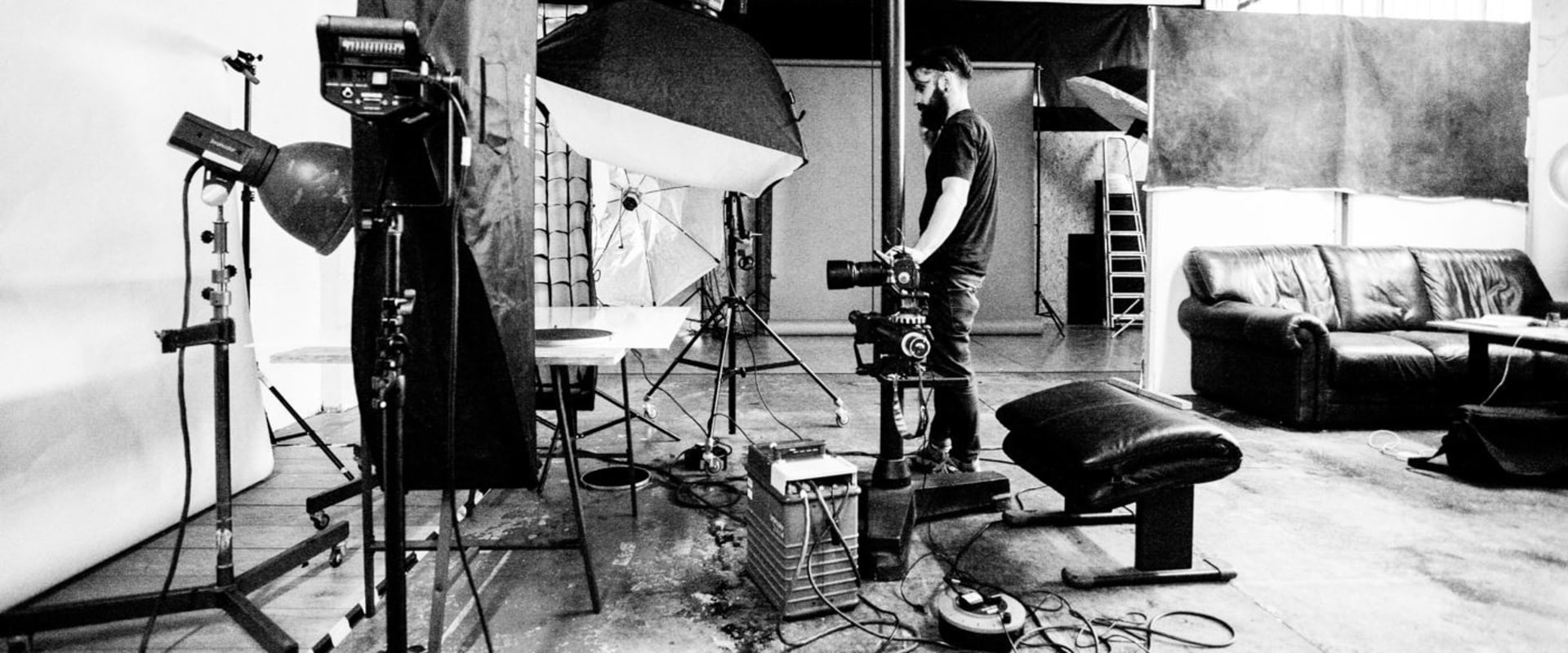Are you in need of a professional photoshoot? Whether it's for your business, a special event, or just for fun, organizing the logistics of a photoshoot can be challenging. From finding the right photographer to scheduling the shoot, there's a lot to keep track of. Fortunately, with the right planning and preparation, you can make sure your photoshoot goes off without a hitch. In this article, we'll explore the steps involved in organizing the logistics of a professional photoshoot.
Hiring the Photographer
When organizing a professional photoshoot, the first step is to hire a photographer who meets your needs.It’s important to research different photographers and get quotes so you can compare prices and services. Be sure to ask about their portfolio and any specializations they may have.
Creating a Budget
Once you’ve chosen a photographer, you need to create a budget for your shoot. Make sure to factor in the cost of equipment rentals, props, lighting, and any other expenses associated with the photoshoot.Planning the Schedule
It’s also important to plan out the schedule for your photoshoot.Consider when and where the photos will be taken, how long the shoot will last, and what time of day works best for everyone involved. You may also want to plan ahead for any contingencies such as bad weather or unexpected delays.
Researching Permits and Licenses
In addition to scheduling and budgeting, there are several other logistical considerations when planning a photoshoot. Make sure to research any permits or licenses you may need depending on where and when you plan to shoot.Transporting Equipment and Props
You should also think about how you’ll transport equipment and props to and from the shoot location. Additionally, if you’re shooting on location instead of in a studio, you should take into account any local ordinances or restrictions that may affect your plans.Preparing for the Photoshoot
Finally, once all of the logistics are taken care of, it’s time to prepare for your photoshoot! Make sure everyone involved understands their role in the shoot, from the photographer to any models or assistants that may be present.It’s also important to make sure you have all of the necessary equipment ready and on hand before the shoot begins.
Preparing for the Shoot
Once all of the logistics are taken care of, it's time to prepare for your professional photoshoot! To ensure a successful shoot, it is important to make sure everyone involved understands their roles and responsibilities. This includes the photographer, any models, and any assistants that may be present. Additionally, make sure to have all of the necessary equipment ready and on hand before the shoot begins. This could include cameras, lenses, lighting, props, and more.Once you have gathered all of the equipment and personnel needed for the photoshoot, you can move on to the next step.
Budgeting
Creating a budget is an important step in organizing your photoshoot. A detailed budget will help you to understand the potential costs associated with the shoot, and plan accordingly. When budgeting, consider all of the expenses associated with the shoot, such as equipment rental fees, props, lighting costs, any additional transportation needs, and so on. It's important to think about how much you are willing to spend and set a realistic budget for the photoshoot. If you are working with a professional photographer, they may be able to provide you with an estimate of their fees and any other costs associated with the shoot.If you are hiring multiple photographers or videographers, be sure to factor in their fees as well. Additionally, you'll want to consider any additional costs for permits or insurance that may be required. Once you have an estimate of all costs associated with the shoot, it's important to review it carefully and make sure that it is within your budget. If it is not, you may need to make adjustments or consider alternative options.
Hiring a Photographer
When organizing a professional photoshoot, one of the first steps is to hire a photographer who meets your needs. Research different photographers and get quotes so you can compare prices and services.Be sure to ask about their portfolio and any specializations they may have. Consider the photographer's experience, skills, and style of photography to find the best fit for your project. Ask questions about their past photoshoots and what type of equipment they use to ensure that their services align with your expectations. It's also important to discuss the budget for your photoshoot. Most photographers offer different packages that include the number of hours, locations, and digital images.
When discussing the budget, be sure to inquire about any additional fees such as travel expenses or editing costs.
Other Logistical Considerations
In addition to scheduling and budgeting, there are several other logistical considerations when planning a photoshoot. Research any permits or licenses you may need depending on where and when you plan to shoot. Think about how you’ll transport equipment and props to and from the shoot location.Additionally, if you’re shooting on location instead of in a studio, take into account any local ordinances or restrictions that may affect your plans.
Planning the Schedule
Planning the Schedule Planning out a schedule for your photoshoot is key. Think about when and where the photos will be taken, how long the shoot will last, and what time of day works best for everyone involved. When planning the schedule, you should consider factors such as the photographer’s availability, the location of the shoot, and any potential obstacles that could affect the timeline. If you’re working with an experienced photographer, they should be able to suggest a timeline that works best for them and fits into your budget.They’ll also have insight into what time of day might provide the best lighting or backdrops for your shoot. When selecting a location, it’s important to consider how much time you’ll need to get the shots you want. If you’re shooting in multiple locations, make sure to factor in travel time between each spot. Additionally, if you’re shooting outdoors, you should plan for potential weather issues that could affect your timeline.
Finally, it’s a good idea to plan for some extra time at the end of your photoshoot. This will give you some breathing room if any unexpected issues arise or if things take longer than expected. It’s better to be prepared than to be rushed during your photoshoot. Organizing the logistics of a professional photoshoot is a complex task, but with the right preparation and knowledge, you can ensure that everything runs smoothly. Hiring a professional photographer, budgeting for the photoshoot, planning the schedule, considering permits and licenses, preparing for transportation needs, and other logistical considerations should all be taken into account when putting together a successful photoshoot.
With the right planning and forethought, you can be sure to create a memorable and enjoyable experience for everyone involved.




